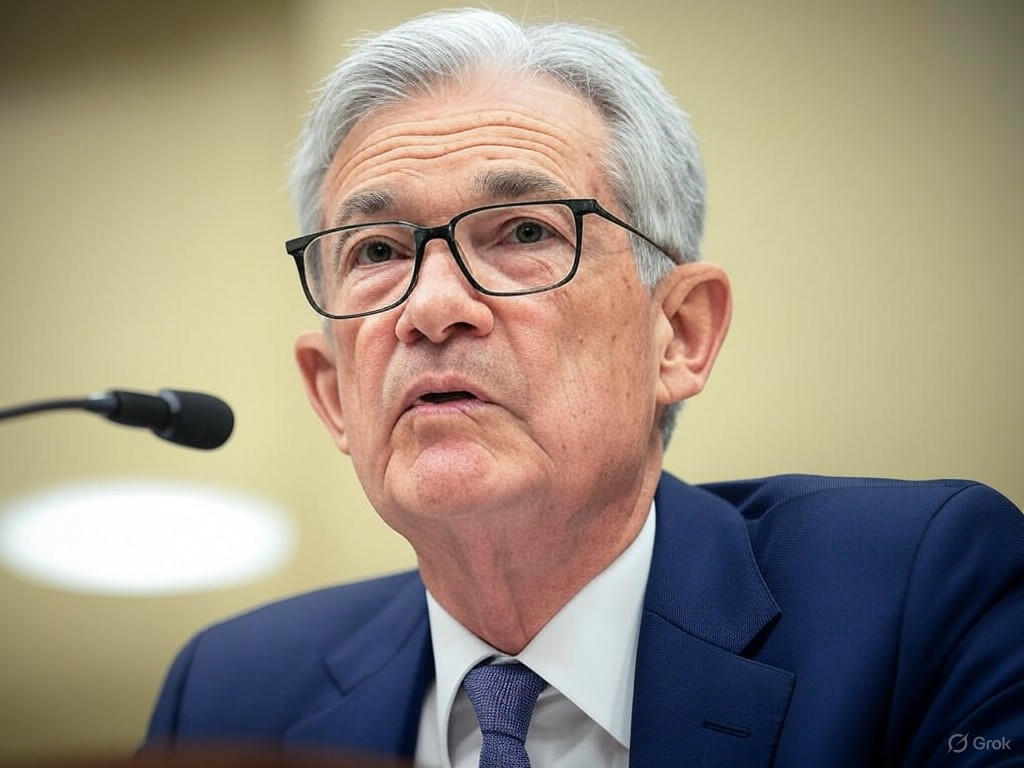Federal Reserve Holds Steady on Rates Amid Stagflation Concerns
In a widely anticipated move, the Federal Reserve has opted to maintain interest rates within the current range of 4.25% to 4.5%, signaling a cautious approach to the evolving economic landscape. This decision, announced in mid-June 2025, reflects the central bank’s growing unease over the dual threat of persistent inflation and sluggish economic growth—a combination often referred to as stagflation. Fed Chair Jerome Powell, in his post-decision remarks, emphasized that the central bank is in a strong position to observe and assess incoming data before making further adjustments to monetary policy. This wait-and-see stance underscores the delicate balance the Fed must strike in addressing inflationary pressures without derailing an already fragile recovery.
The specter of stagflation, a term that harks back to the economic challenges of the 1970s, looms large in the Fed’s current deliberations. Unlike typical inflationary periods where rising prices are accompanied by robust growth, stagflation presents a unique challenge: prices continue to climb while economic output stalls. Recent data suggests that inflation remains stubbornly above the Fed’s long-term target of 2%, driven by lingering supply chain disruptions and elevated energy costs. At the same time, projections for GDP growth have been revised downward, painting a picture of an economy struggling to regain momentum. For businesses and consumers alike, this translates to higher costs without the corresponding increase in income or opportunities, a scenario that could dampen confidence and spending in the months ahead.
Powell’s comments during the press conference offered a glimpse into the Fed’s mindset. He acknowledged the complexity of the current environment, noting that the central bank is closely monitoring indicators such as wage growth, consumer prices, and employment figures. By holding rates steady, the Fed aims to avoid exacerbating economic slowdown while still keeping inflation in check. However, critics argue that this inaction may prolong uncertainty for markets and businesses that rely on clear signals from policymakers to plan investments and hiring. Some analysts suggest that the Fed might be underestimating the risk of entrenched inflation, which could necessitate more aggressive rate hikes later if prices spiral further.
Looking forward, the Federal Reserve’s strategy of patience may be tested as global uncertainties, including geopolitical tensions and supply chain bottlenecks, continue to influence domestic economic conditions. For now, Powell and his team appear committed to a data-driven approach, prioritizing flexibility over immediate action. This decision, while expected, sends a clear message to investors and the public: the road to economic stability remains bumpy, and the Fed is prepared to take its time navigating it. As businesses brace for potential cost increases and consumers grapple with rising prices, the central bank’s next moves will be critical in shaping the trajectory of the U.S. economy. Whether this cautious stance proves to be a wise choice or a missed opportunity remains to be seen, but for now, all eyes are on the Fed’s future signals.


